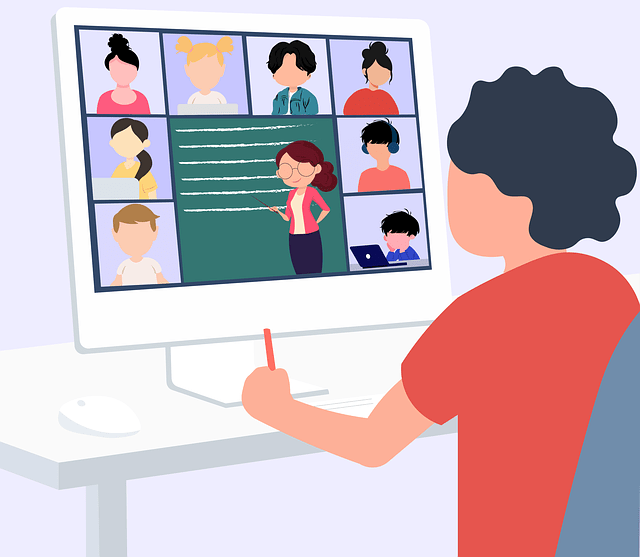The key difference between e-learning and blended learning is that e-learning is conducted completely with the use of the internet, while blended learning uses both face-to-face classroom sessions and online learning methods. E-learning and blended learning are popular learning methods in the modern world. Both these learning approaches involve online platforms. However, there are several differences between e-learning and blended learning.
Key Takeaways
- E-learning is a method of learning that uses the internet via different online learning platforms, while blended learning combines online learning and traditional physical classroom interactions.
- E-learning provides the learners with the opportunity to follow the learning program from a place that is convenient to them, whereas blended learning requires participation in face-to-face sessions.
- In a blended learning environment, learners can receive feedback during physical classroom sessions, while e-learning gives less opportunity for feedback and focuses more on self-studies.
What is E-learning?
E-learning is a method of learning that uses the internet via different online learning platforms. In e-learning, the students approach the materials via the internet. E-learning is often seen in online courses, online degrees, and online classes. Students benefit from self-paced learning, and they are given the freedom to choose their learning environment in e-learning.
At the same time, e-learning removes many obstacles, especially the obstacle of traveling from one place to another, which is associated with the traditional learning environment. The students are offered the chance to follow their preferred learning programs from their residences in the online learning environment. Nowadays, many reputed educational institutes around the world offer their educational programs online.
What is Blended Learning?
Blended learning is a combination of the two learning approaches: online learning and traditional physical classroom interactions. In a blended learning environment, learners are exposed to a traditional face-to-face learning environment as well as a technology-based learning environment. Blended learning approaches can accommodate all types of learners.
The learners can engage in classroom interactions like role play, debates, and speaking activities in face-to-face learning sessions. At the same time, learners also have the opportunity to use digital platforms and e-materials in their lessons. The adaptation of the mixture of both traditional and online methods helps to develop many skills of learners. Learners are able to engage in online activities, and they can receive feedback from teachers or instructors during face-to-face sessions. Getting feedback is also significant in the process of skill development.
What is the Difference Between E-learning and Blended Learning?
The key difference between e-learning and blended learning is that e-learning is conducted completely with the use of the internet, while blended learning uses both face-to-face classroom sessions and online learning methods. Thus, e-learning provides the learners with the opportunity to follow the learning program from a place that is convenient to them. But, although learners in blended learning can access online learning materials from home, they are requested to participate physically in face-to-face sessions.
Furthermore, the other major difference between e-learning and blended learning is receiving feedback. E-learning gives less opportunity for feedback, whereas learners can receive feedback in blended learning during the physical classroom sessions. Although learners in a blended learning environment are guided by instructors and teachers frequently, in an e-learning environment, learners are not guided frequently. Moreover, e-learning mainly focuses on self-studies and gives a chance for learners to select their own learning methods.
Summary – E-learning vs Blended Learning
The key difference between e-learning and blended learning is that e-learning is a method of learning that only uses online platforms, whereas blended learning provides a mixture of online methods and traditional face-to-face learning methods in the classroom. Although teacher guidance is provided in a blended learning environment, teacher guidance is not frequently provided in an e-learning environment. In addition, learners are required to follow self-learning and autonomous learning methods in e-learning approaches. Moreover, in e-learning settings, learners are provided with the freedom to select their own pace of learning methods.
Reference:
1. Tamm, Sander. “What Is the Definition of e-Learning?” E-Student, 1 Dec. 2021.
2. “What Is Blended Learning? Examples & More.” ELM Learning, 19 Nov. 2021.
Image Courtesy:1. “Education-online-learning-icon” (CC0) via Pixabay
